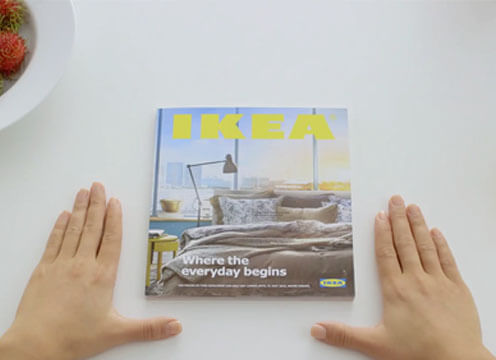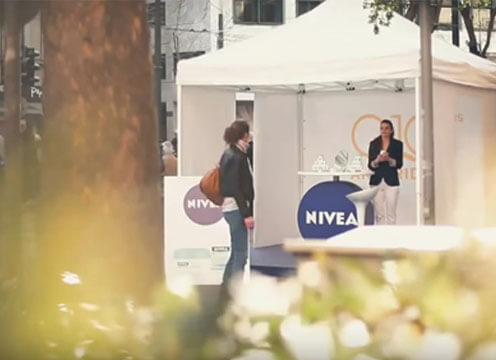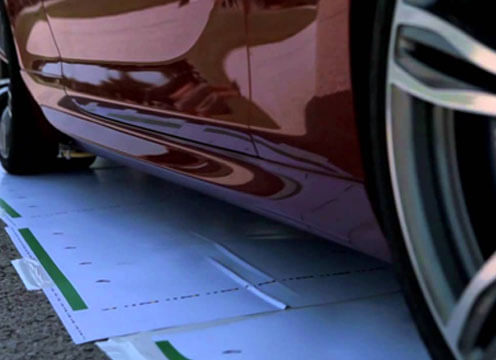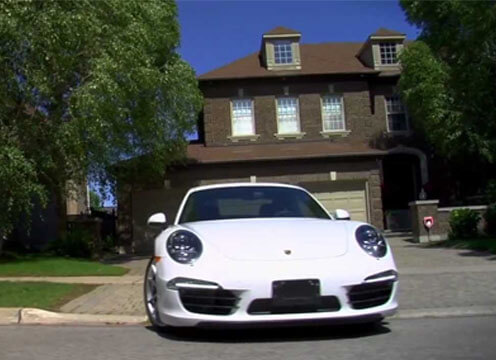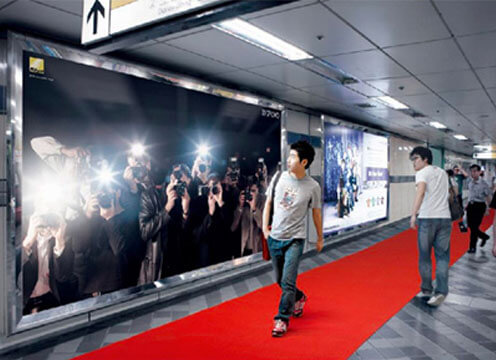| Home | Prev | Next |
The Climate Issue | National Geographic | November 2015
Reading Henry David Thoreau’s notes on when the blueberry bushes bloomed each year in Concord, Massachusetts, we see that spring there now comes weeks earlier than it did 150 years ago. Scientists attribute this in part to climate change.
Thoreau, an advocate for living responsibly, might assign blame more pointedly. Since climate change is fueled by individuals, businesses, cities, and nations around the world, shouldn’t solutions to it come from them?
In his 1863 essay “Life Without Principle,” Thoreau issues a challenge: “Let us consider the way in which we spend our lives.” A century and a half later, in a warming world, the challenge stands. – Patricia Edmonds
You
Can one person in seven billion make a difference? Despite the furor over government reports and international conferences, climate change is a problem of personal consumption.
Swiss scientists say humanity could limit the effects if each person used just 2,000 watts of power a year. The average American consumes 12,000. A Bangladeshi uses 300. The challenge is conscientious reduction in the West, writes Naomi Klein in This Changes Everything.
Lifestyle choices, such as traveling less plus better regulation and technologies will help the numbers drop.
EFFICIENT LIVING
Since 1973, the average U.S. home has ballooned by 60% to 2,657 square feet. A warmer world may favor a reverse trend. Shrinking your space doesn’t mean shrinking your life.
Downsizing, experts say, can bring both psychological and financial benefits. Start by getting rid of clutter. End with lower utility bills, less space to clean, and more time outdoors.
A future home’s best attribute may be its smartness, which helps appliances conserve water and energy. Micro-living spaces tend to work best in urban environments, with their existing utility hookups. Efficiency brings reduced living costs. But unusual home designs can make securing land and permits hard.
Composting can divert from landfills up to 650 pounds of a U.S. household’s annual food waste.
Leaving your car at home two days a week can reduce your greenhouse gas emissions an average of two tons a year.
An American household can save 1,600 pounds of CO2 emissions a year by washing laundry in cold water.
Businesses
In 2009, when MIT’s Sloan Management Review first surveyed businesses about sustainability efforts, it found most “doing only what is necessary to meet regulatory requirements.”
Five years later the survey told a different story: Nearly two-thirds of companies said sustainability was at the top of their agendas, which fewer than half had said earlier. What changed? The CEO’s sense of green initiatives’ worth, say Patricia and Jack Phillips, authors of The Green Scorecard.
“Today, most (if not all) businesses recognize that climate change is a problem,” they write. “Smart companies use their environmental strategy to … build competitive advantage.”
BIG DATA
Many answers on climate change might lie in a cloud – the virtual one. As part of President Barack Obama’s Climate Data Initiative, tech giants such as Google, Microsoft, and Amazon are lending their computational muscle to crunch data on the environment and help communities plan for an altering landscape. The results – from drought maps to sea-level charts – can help farmers manage crops or officials steer construction projects away from flood zones.
REPOWERING
To move toward cleaner energy without sending power plants into premature retirement, companies are making over plants, switching fuels, and boosting efficiency. Some utilities are “repowering” coal plants to run on cleaner natural gas or biomass; “Repowering” is an industry term, but the concept also applies to trucks, buildings, and land. For businesses loath to see valuable assets become obsolete, it’s a no-brainer. California garbage hauler Ratto Group is replacing the guts of 17 diesel trucks with electric systems that will meet state air regulations. “This gives me the ability to keep the vehicles that I currently have,” says COO Lou Ratto, “and keep these things going for as long as I want to.”
Per acre, microalgae can produce up to 60 times as much oil for fuel as plants that are grown in soil.
Airbus hopes to create silent CO2-free, hybrid-electric passenger aircraft by 2050. It’s now experimenting with prototypes.
Office buildings gobble energy even when no one’s at work. By 2020, spending may triple on systems that sense empty rooms and turn off lights.
Cities
More than half the world’s population lives in urban areas. By 2050, cities will likely be bursting with two-thirds of the people on the planet. Since urban areas account for an estimated 76 percent of CO2 emissions from energy use – and many are especially vulnerable to flooding and higher temperatures – it makes sense that city officials are taking on climate change. After all, doing so also gives them a shot at reducing pollution, improving aging infrastructure, and making their cities more attractive to residents and businesses.
SMART STREETS
Chicago has built what city officials call the “greenest street in America” – a two-mile stretch in the industrial neighborhood of Pilsen. Bike and parking lanes are paved with smog-eating concrete; sidewalks are made from recycled materials. Wind and sun power streetlights. Bioswales, thick with drought-tolerant plants, divert storm water from overburdened sewers. The spruced-up streetscape uses 42 percent less energy than it used to – and cost 21 percent less than a traditional road project.
GREEN BUILDINGS
Buildings are responsible for approximately one-third of all greenhouse gas emissions, a figure likely to shrink as more cities require municipal buildings to be energy efficient. Increasingly, government office buildings will have solar panels and even gardens on roofs, sensors to douse lights in empty rooms, windows lined with heat-trapping film,, and energy-efficient HVAC systems.
SUSTAINABLE WATER MANAGEMENT
Despite its reputation as a water guzzler, Los Angeles is pioneering ways to capture every drop that falls from the sky. On a flood-prone block of Elmer Avenue in the east San Fernando Valley, storm water used to be funneled into drains and out to the ocean. A $2.7 million project has transformed the block into a sponge, capable of collecting enough water yearly to supply 30 families.
Capturing water for reuse
- Rain barrels collect rainwater from the roof and save it for irrigation.
- Rain gardens replace lawns – and soak up excess water if the rain barrels overflow.
- Driveways and sidewalks made out of permeable materials allow water to seep through them.
- By the time storm water filters down to the aquifer below, it has been cleansed of pollutants.
• Shade trees and other vegetation can reduce city temperatures and energy use.
• “Adaptive” LED streetlights use less energy by responding to traffic and weather conditions.
• Car travel decreases in cities where development centers around transit stations.
• Protected bike lanes encourage people to commute by bicycle rather than by car.
• Roads paved with photocatalytic concrete can neutralize harmful pollutants before they contaminate the environment.
• London has installed more than 700 electric-car chargers throughout the city.
• Georgetown, Texas, one of the fastest-growing U.S. cities, plans to be powered by renewable energy by 2017.
• In Amsterdam, more than a quarter of all trips in the city are made by bicycle.
• In 2014, U.S. mayors rated energy-efficient lighting as the most promising technology for reducing urban energy use and carbon emissions.
• The Norwegian city of Drammen is heated almost entirely by water from the local fjord.
• Most Hong Kong residents live near mass transit: 43 percent within 1,640 feet, 75 percent, within two-thirds of a mile.
World
Geoengineering is a catchall term for deliberate large-scale interventions in the planetary environment that are designed to counteract climate change. As global carbon emissions rise, advocates say more research into geoengineering is needed. But hacking the planet carries unknown risks, and the politics of planetwide climate intervention would likely be complex. For starters, governments might need to agree on whether to even try cooling an overheated Earth, an extreme measure that could harm some countries while helping others.
• Pope Francis has urged people to reject the “throwaway culture” by recycling, moderating consumption, and limiting their use of nonrenewable resources.
• The cost of keeping the Earth’s temperature from rising more than 2oC is estimated to be a trillion dollars a year through 2050.
• China, the U.S., and the European Union together emit the most CO2 – 55 percent of the total.
• Worldwide, fossil fuel subsidies may be as much as two trillion dollars, or about 2 percent of global GDP. Coal is subsidized the most.
• More contraception could lower the birthrate and reduce emissions 20 percent by 2100.
• NASA satellite data showed a global forest loss of 888,000 square miles from 2000-2012–almost three times as much as the forest that regrew.
• Traditional cooking stoves use fuels such as wood, dung, and crop waste. Emissions vary depending on the fuel and the efficiency of the stove, but replacing these stoves with eco-friendly models could cut fuel and limit emissions.


